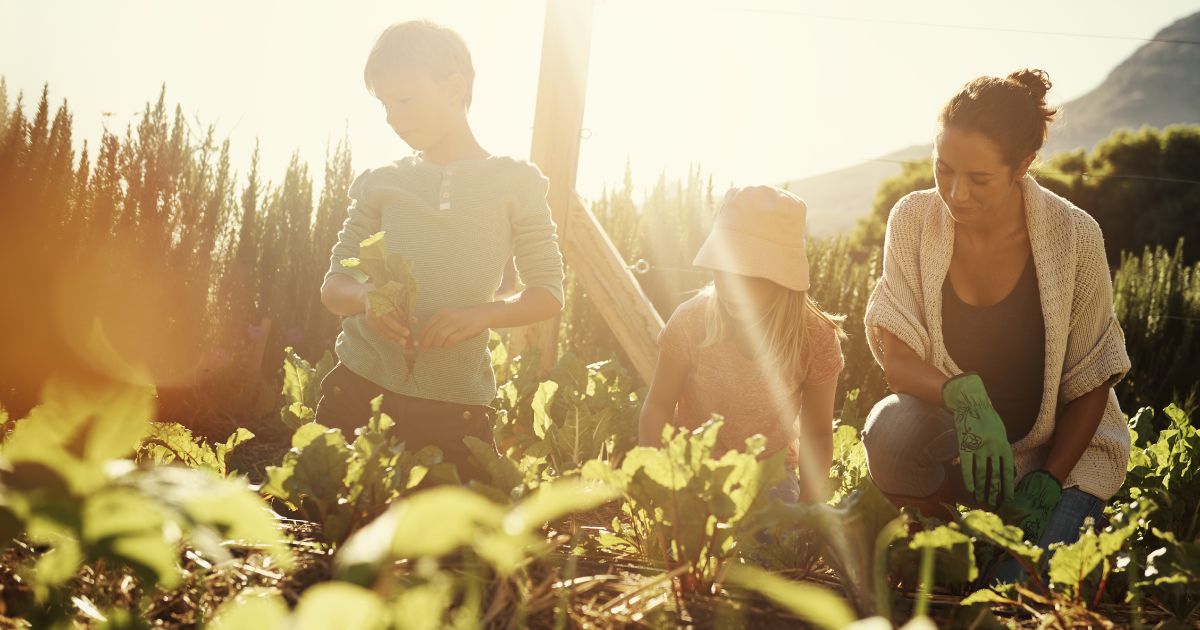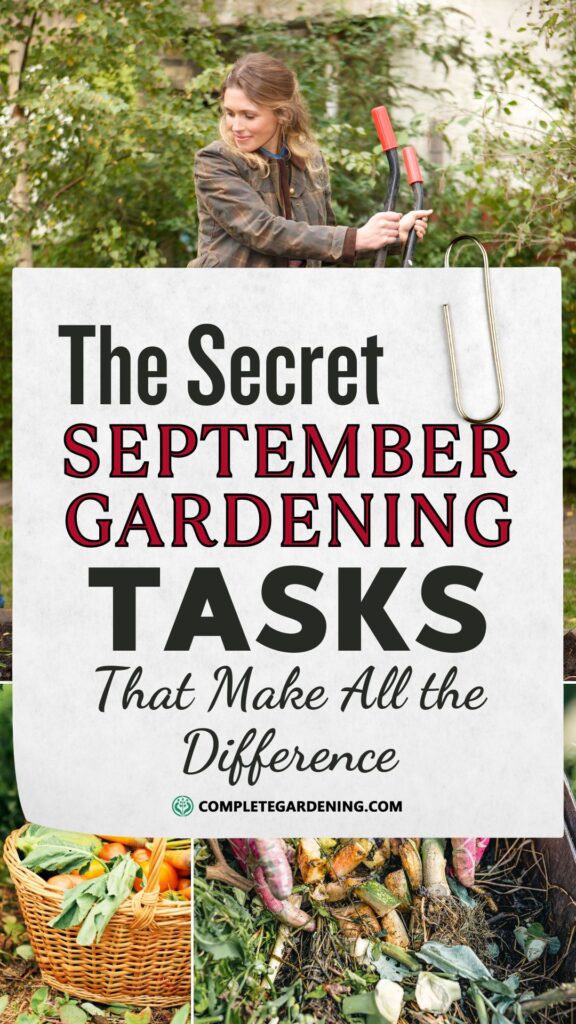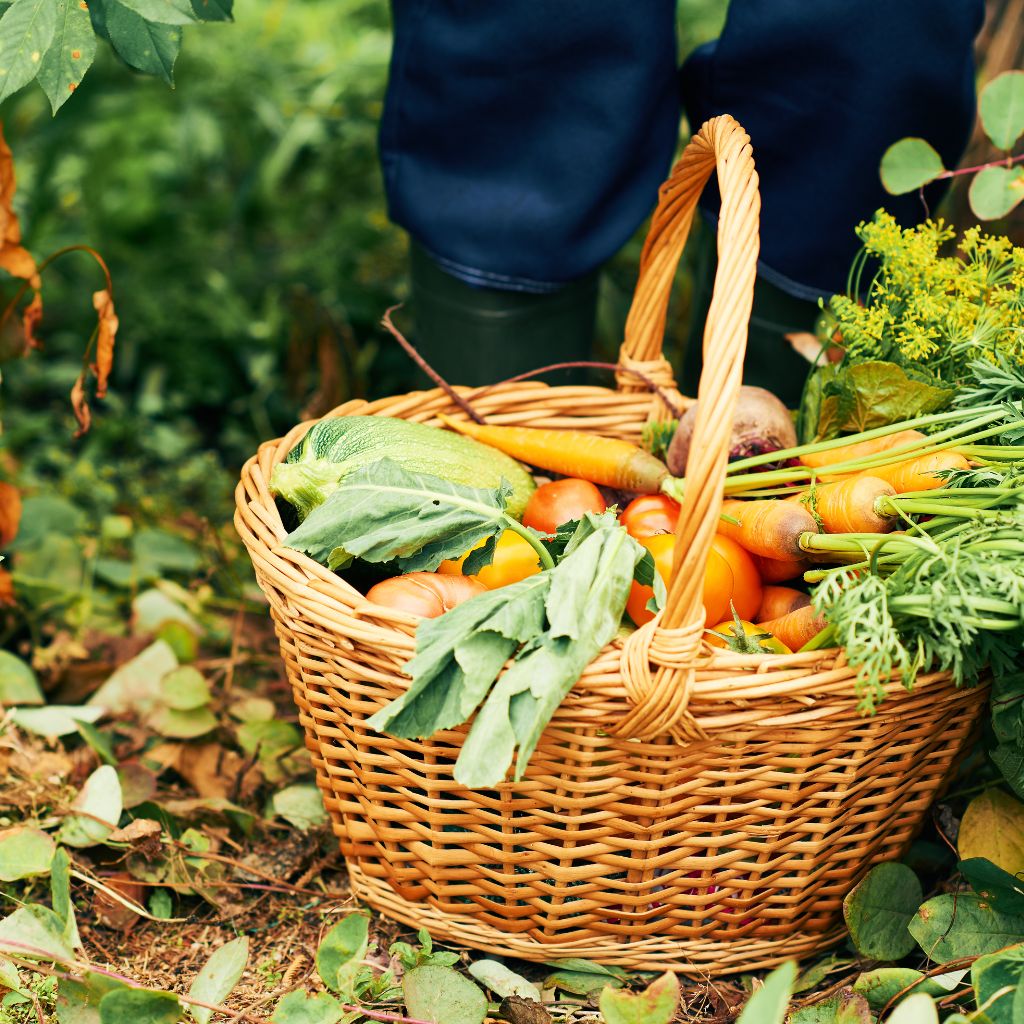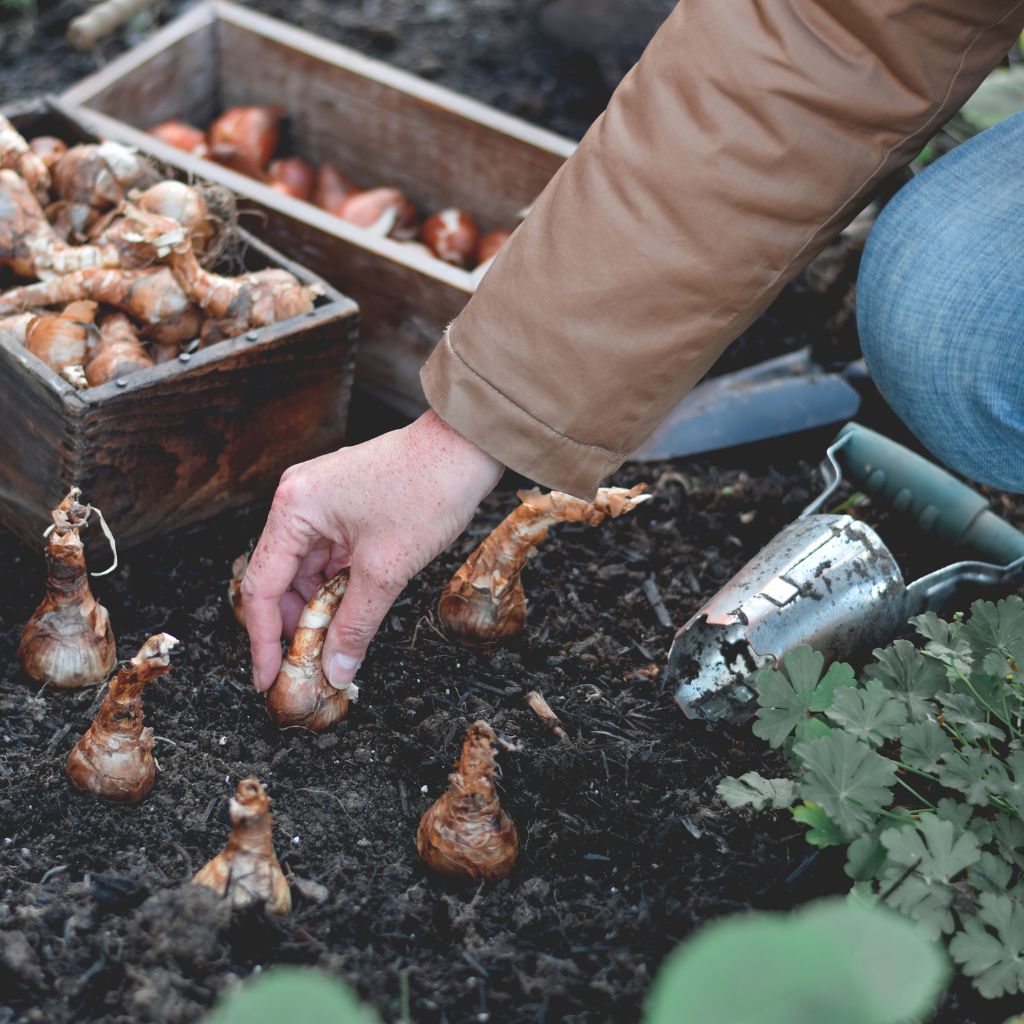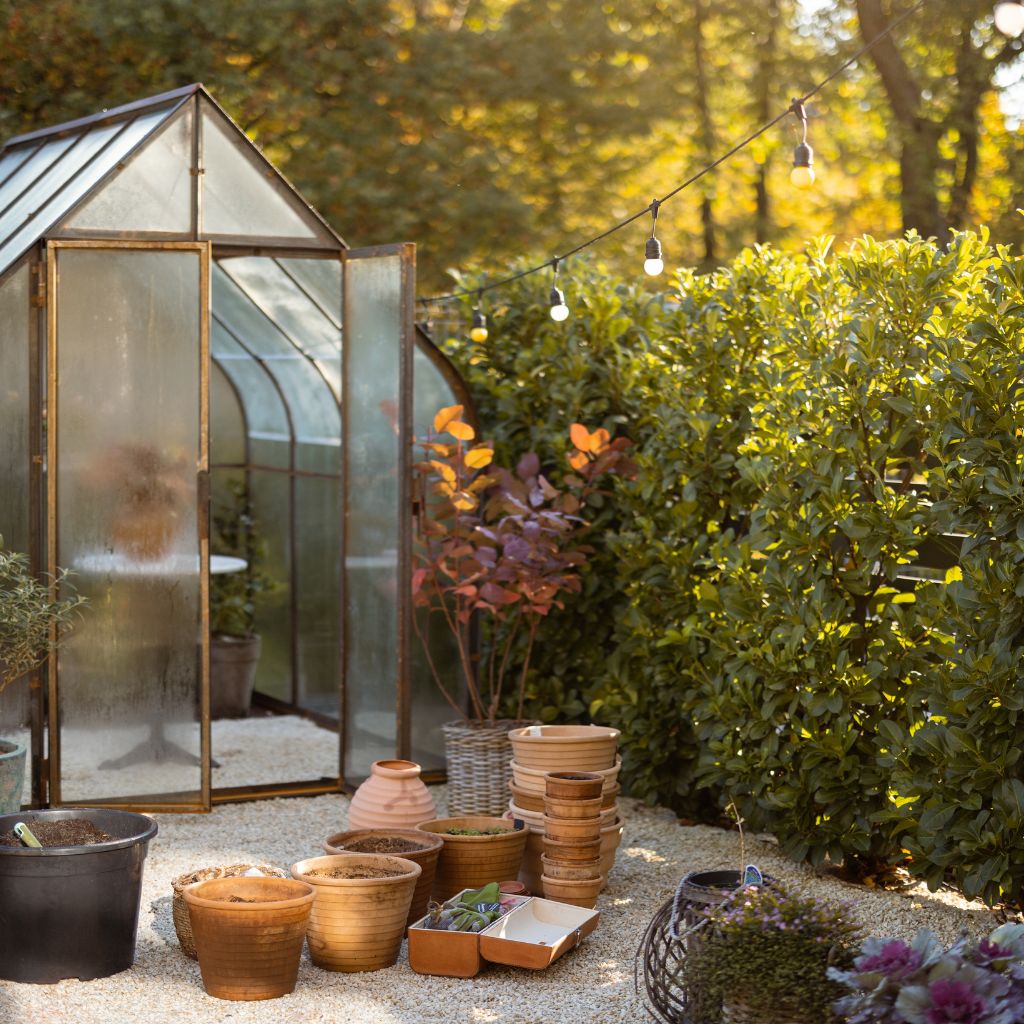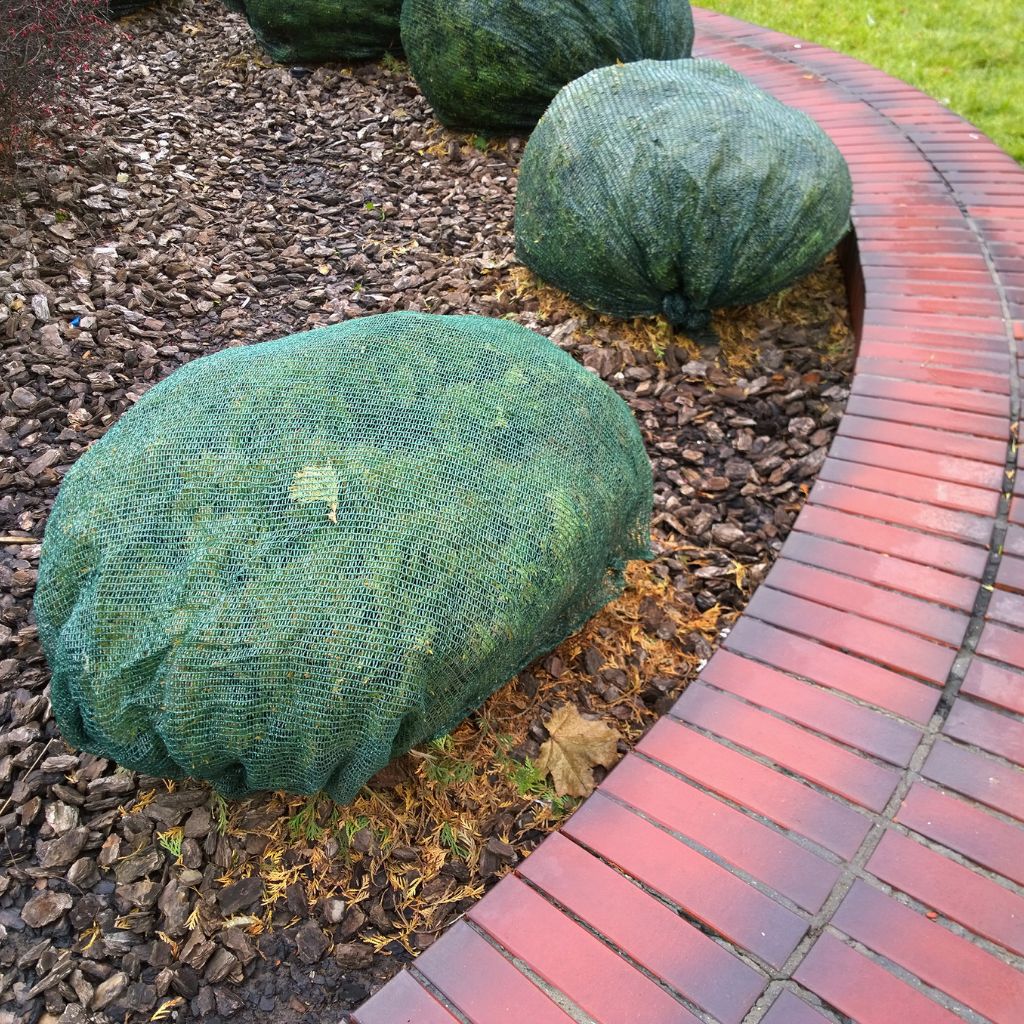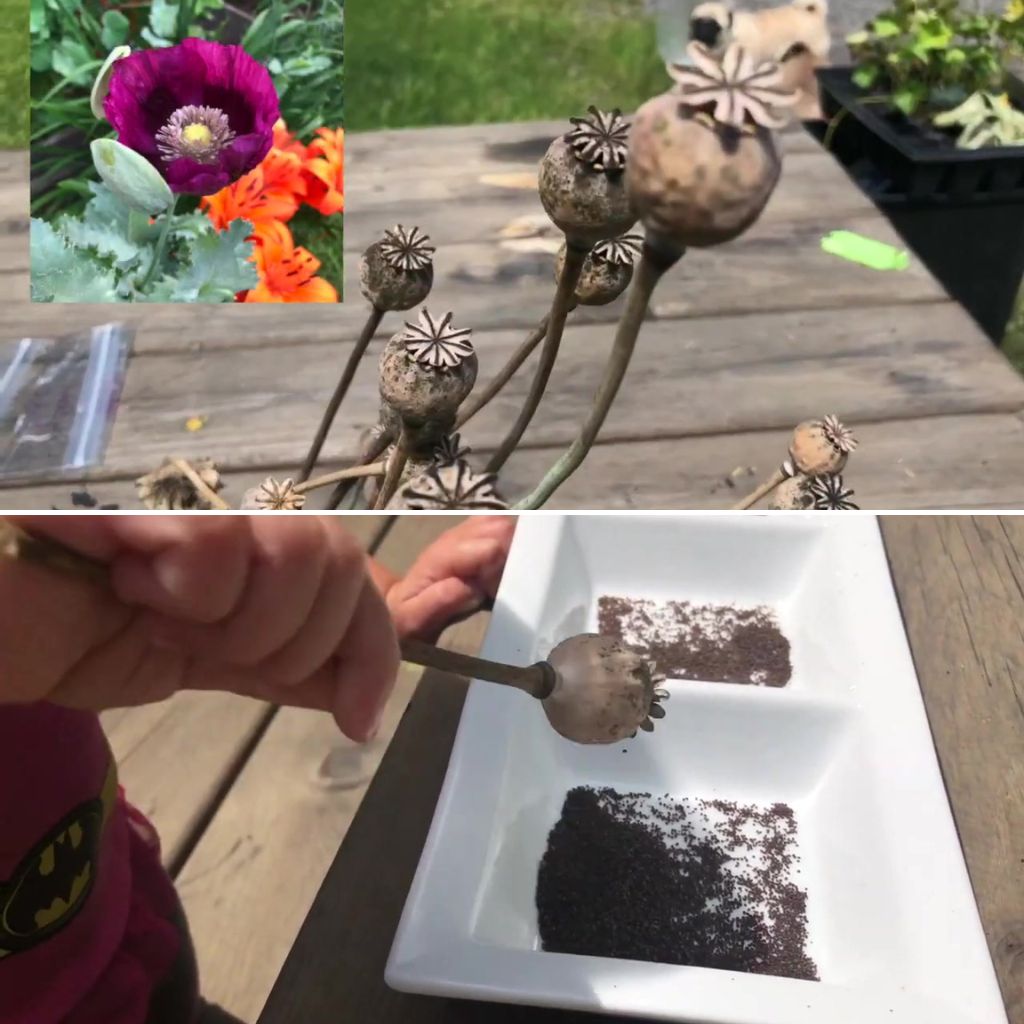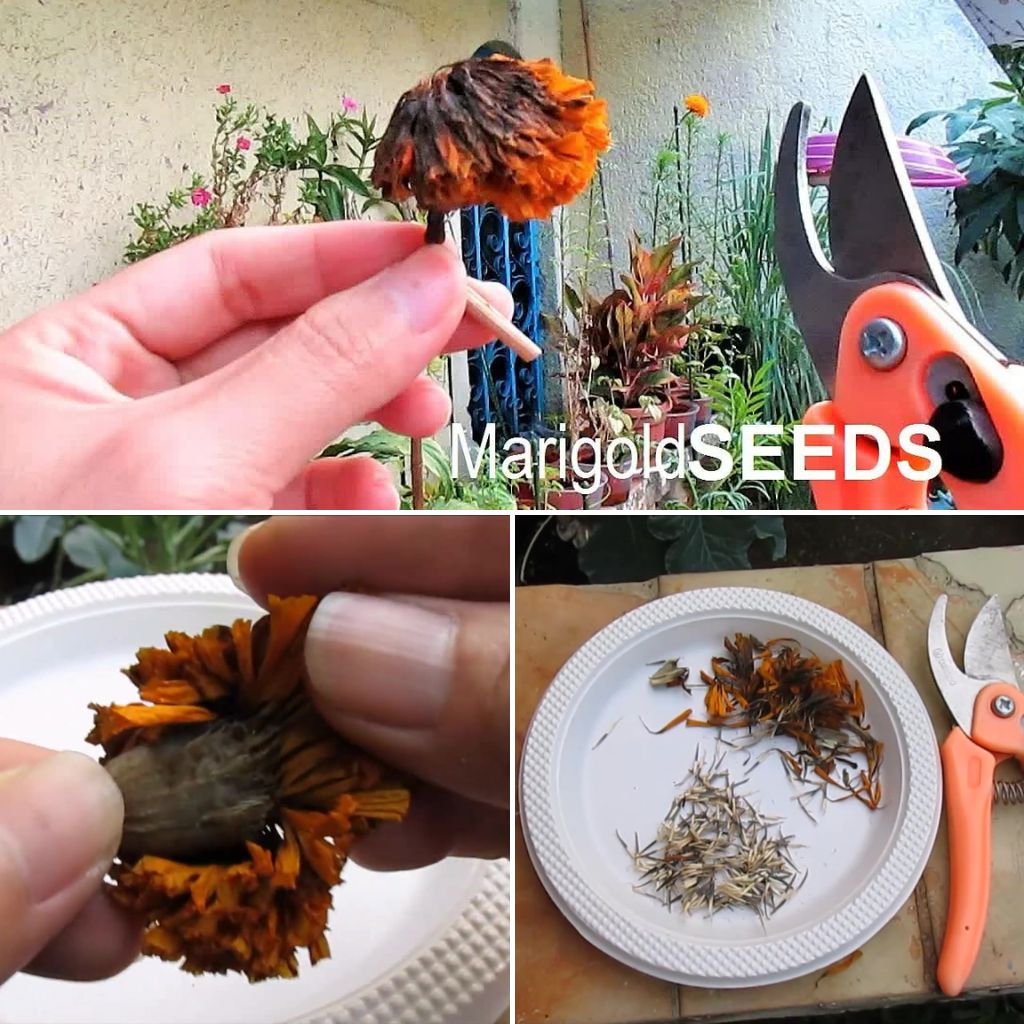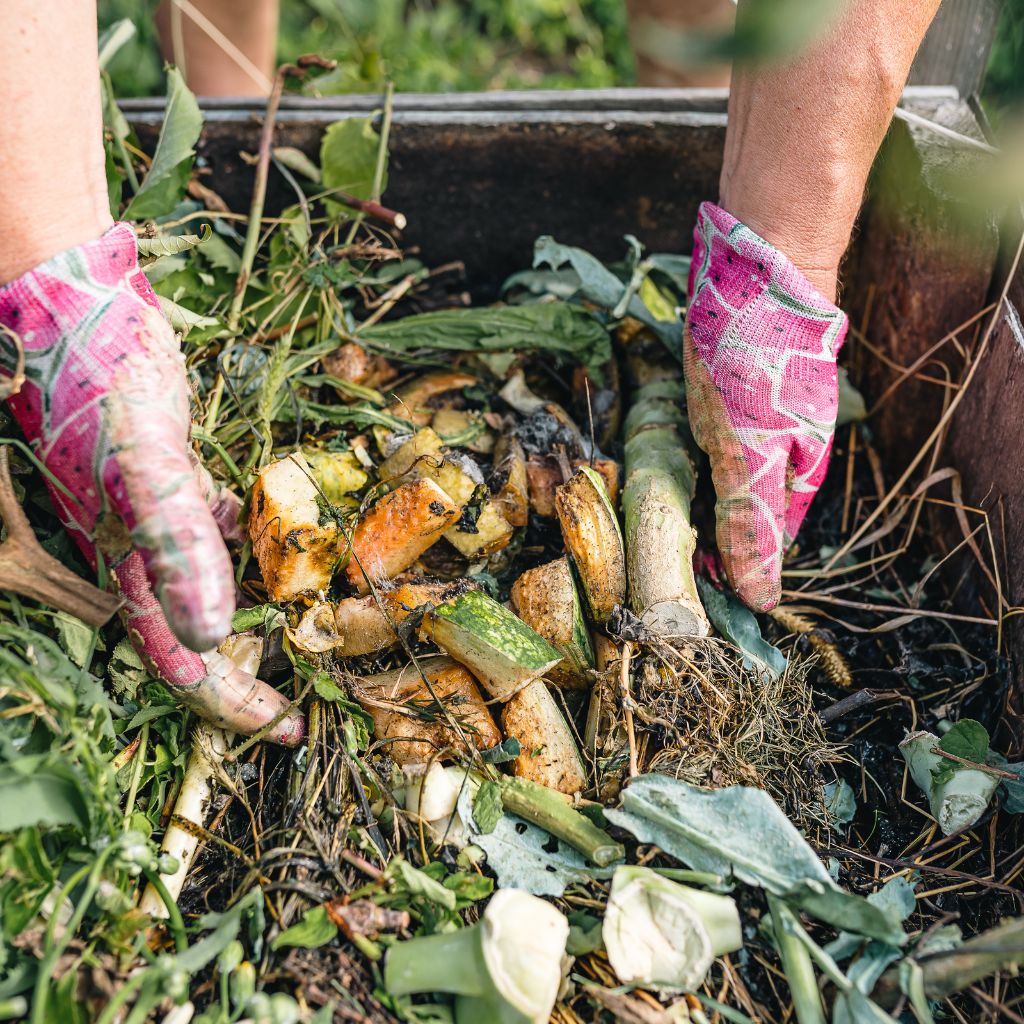September marks the transition from summer to autumn, and this shift is palpable in the garden. As temperatures start to drop and the days grow shorter, the garden begins to prepare for the colder months ahead.
However, this doesn’t mean that gardening comes to a halt. In fact, September is a busy month in the garden, filled with tasks that ensure your plants remain healthy through the winter and that your garden is ready to burst back to life in spring.
Here’s a detailed guide on all the essential gardening tasks you should tackle in September.
1. Lawn Care: Preparing for Autumn
As summer fades, your lawn requires some extra attention to ensure it stays lush and healthy.
In September, continue to mow your lawn regularly, but gradually reduce the height of the cut to help the grass withstand the colder weather.
If your lawn has suffered from summer heat or drought, now is the time to scarify it. Scarifying removes moss and thatch, allowing air, water, and nutrients to penetrate the soil more effectively.
Aerating your lawn is also crucial this month. Using a garden fork or aerator, make small holes across the lawn to alleviate compaction and improve drainage.
After aerating, consider applying an autumn lawn feed, which is high in potassium to strengthen the grass and prepare it for winter.
If you notice any bare patches, re-seed them now, as the warm soil and cool air provide ideal conditions for grass seed germination.
2. Pruning and Dividing Perennials
September is the perfect time to prune and divide your perennials. After flowering, many perennials can be divided to create more plants and prevent overcrowding.
Plants such as daylilies, hostas, and peonies benefit from division, which encourages healthy growth and more abundant flowering in the next season.
To divide perennials, dig up the entire plant and carefully split the root ball into sections using a sharp spade or knife. Replant the divisions in well-prepared soil, water them thoroughly, and mulch around the base to retain moisture.
3. Harvesting and Storing Crops
The garden in September is a treasure trove of ripe fruits and vegetables. It’s crucial to harvest crops like apples, pears, tomatoes, beans, and pumpkins promptly to prevent spoilage.
For apples and pears, gently twist the fruit – if it comes away easily, it’s ready to pick. Store your harvested fruits in a cool, dark place, ideally wrapped in newspaper or placed in slatted crates to prevent bruising.
Vegetables such as onions and garlic should be lifted and left to dry in a sunny, airy spot before storing them for winter. Pumpkins and squashes should be cut from the vine, leaving a small portion of the stem attached, and stored in a dry, frost-free area.
4. Planting Spring Bulbs
September is the ideal month to plant spring-flowering bulbs like daffodils, crocuses, and alliums. These bulbs require a cold period to develop roots, so planting them in early autumn ensures they have enough time to establish before winter sets in.
When planting bulbs, dig a hole about three times the height of the bulb, place the bulb with the pointed end facing upwards, and cover it with soil.
Space the bulbs appropriately to allow for growth and to create a natural-looking display. If space is limited, bulbs can also be planted in containers.
5. Tidying Up the Garden
As summer annuals and vegetables finish their growing cycle, it’s important to clear out the garden beds.
Remove spent plants and weeds to prevent the spread of disease and pests. Compost healthy plant material, but dispose of any diseased plants to avoid contamination of your compost heap.
This is also the time to tidy up borders, cutting back any perennials that have finished flowering. However, consider leaving some seed heads and stems, as they provide winter interest and food for birds and insects.
6. Greenhouse Maintenance
With the colder months approaching, now is the time to prepare your greenhouse for winter. Start by clearing out any old plants and thoroughly cleaning the space.
Wash the glass to allow maximum light penetration, and disinfect the benches, pots, and tools to prevent the spread of pests and diseases.
If you plan to grow winter crops, such as lettuce or herbs, in the greenhouse, now is the time to sow seeds.
Ensure that your greenhouse is well-sealed against the cold, and consider adding insulation or installing a heater to protect tender plants during the winter.
7. Protecting Plants from Frost
As night temperatures begin to drop, it’s essential to protect tender plants from frost. Move delicate plants, such as fuchsias and pelargoniums, into the greenhouse or indoors.
For plants that must remain outside, cover them with horticultural fleece or cloches to shield them from the cold.
8. Collecting Seeds
September is an excellent time to collect seeds from your favorite flowers. Plants like poppies, marigolds, and nasturtiums are easy to harvest.
Simply wait until the seed heads have dried out, then carefully collect the seeds and store them in labeled envelopes in a cool, dry place.
9. Composting and Soil Improvement
With all the plant material being cleared from the garden, September is a good month to focus on composting.
Add a mix of green (fresh) and brown (woody) materials to your compost heap, and turn it regularly to speed up the decomposition process. The resulting compost will be a valuable addition to your soil in the spring.
September is also the time to improve your soil by adding organic matter such as well-rotted manure, compost, or leaf mold. This will enhance soil structure, boost nutrient content, and improve drainage, all of which are crucial for healthy plant growth.
10. Caring for Wildlife
As the seasons change, garden wildlife will start to prepare for winter. Leave some areas of your garden undisturbed, such as piles of leaves or uncut grass, to provide shelter for insects, hedgehogs, and other small animals.
Clean out bird feeders and baths to ensure they are ready for the colder months when natural food sources become scarce.
In conclusion, September is a month of transition in the garden, with a variety of tasks that set the stage for both the upcoming winter and the following spring.
By staying on top of these essential gardening chores, you’ll ensure that your garden remains healthy, vibrant, and ready to thrive when the warmer weather returns.
